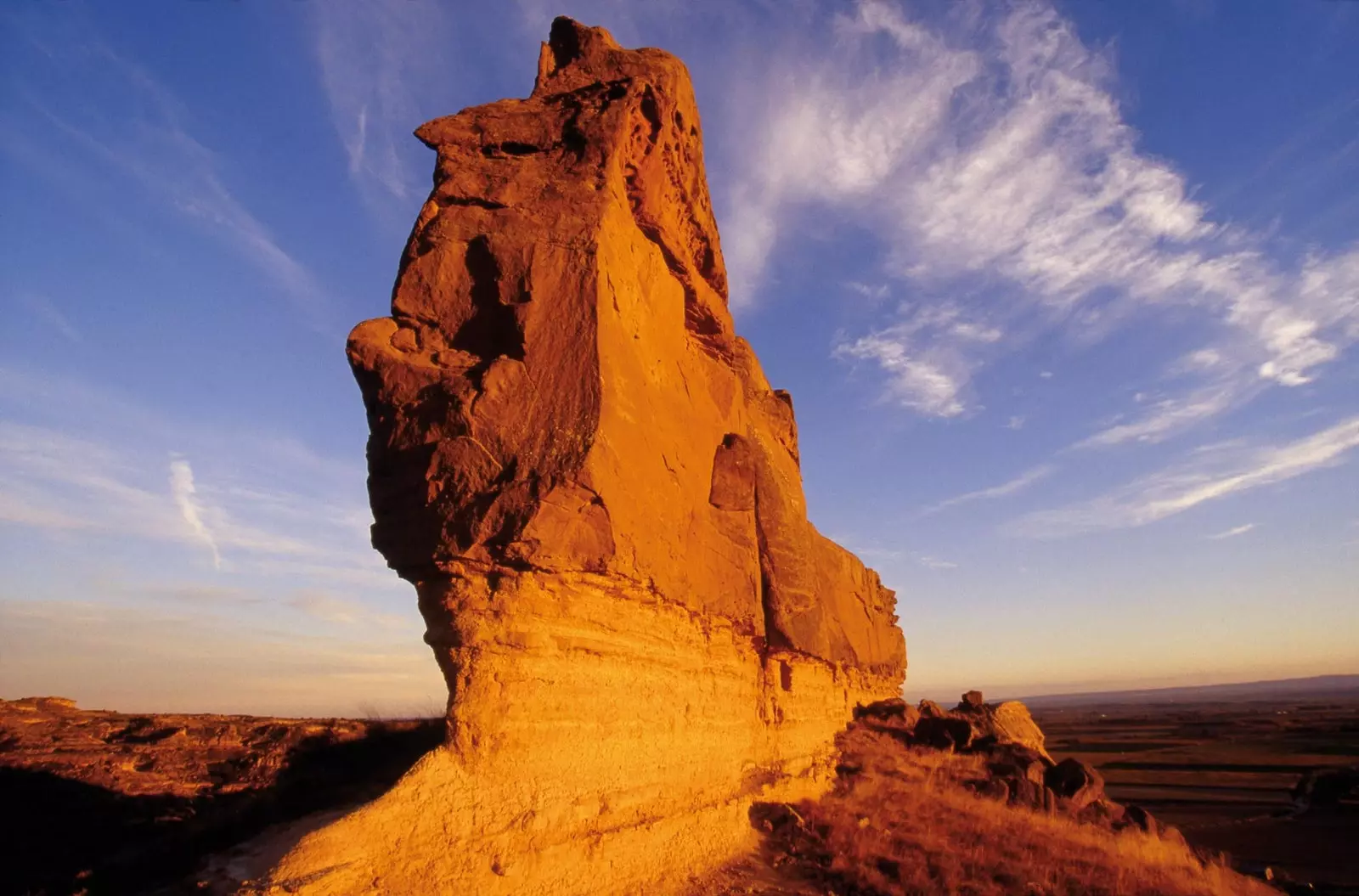
The aridity of the Monegros desert contrasts with the Ebro river
There is another way to discover the landscape of Aragon. In this plan, what matters is not so much the destination as the journey itself. We suggest you take one of the sixteen routes shown the landscape richness of this autonomous community. Or link several of them if you have time.
Weather? Depart from the place you depart, do not forget to… leave the rush at home. This is what this trip is about, to enjoy it while it happens. Stop to contemplate what you like, there is no arrival time.
Do not be in a hurry to finish, because stress will make you lose part of the best: the feeling of peace behind the wheel. Fresh air comes as standard. It is only necessary to lower the windows.
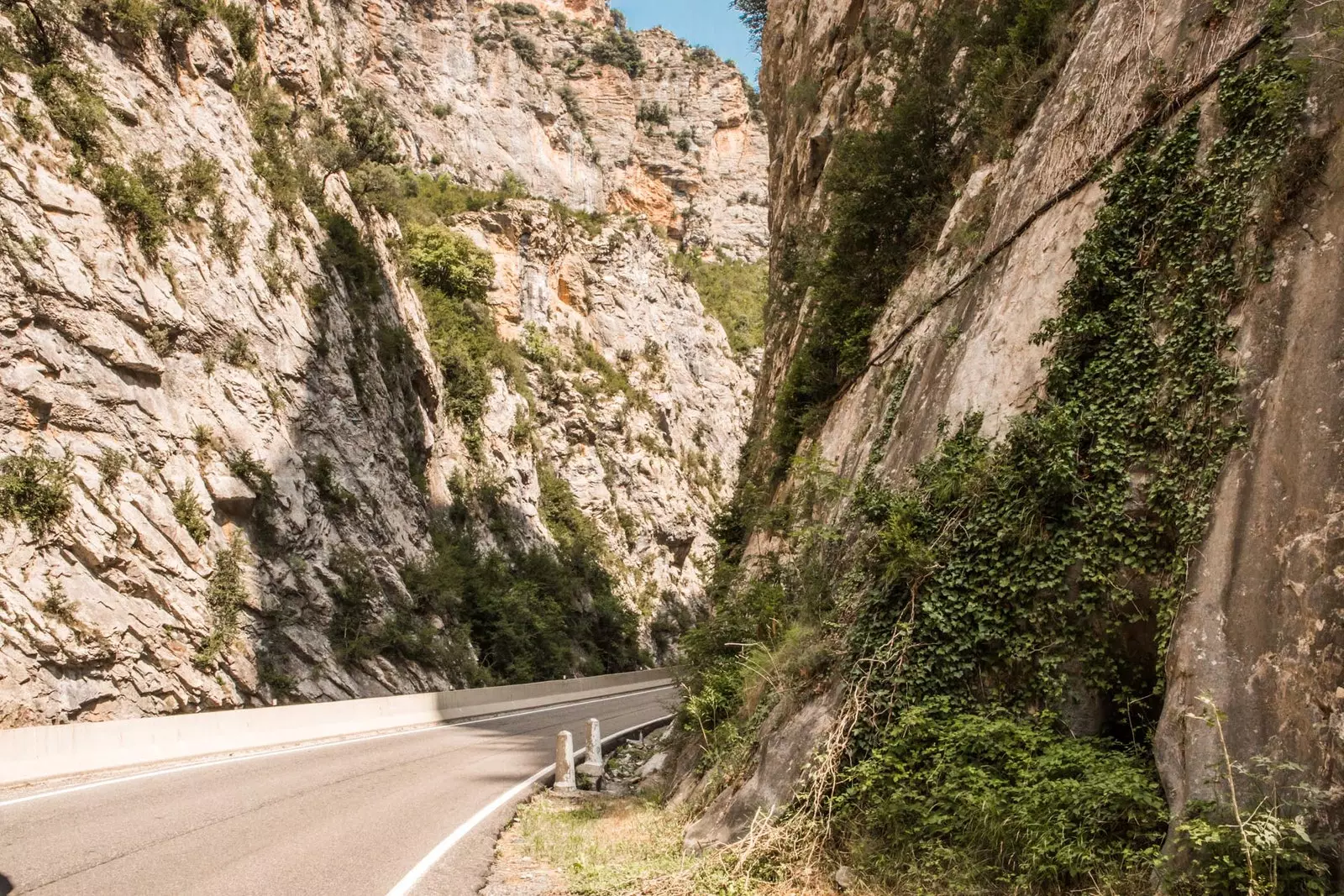
Pyrenees road
These routes are an ode to "do you like to drive?" which was a milestone in automobile advertising. Who doesn't remember? And it is that one of the advantages of a community that, except for its capital Zaragoza, is sparsely populated, is that its roads are not prone to heavy traffic, quite the contrary.
And the routes that we propose have been traced mainly by secondary roads and some forest tracks. Plains, forests and gorges, wildlife sightings, unique trees, springs or medieval bridges are some of the attractions that mark these routes.
The tourist product ** Slow driving Aragón ** is made up of different routes through the three provinces. Of the sixteen proposed routes, the best is that they bear little resemblance to each other, neither in landscape nor in theme.
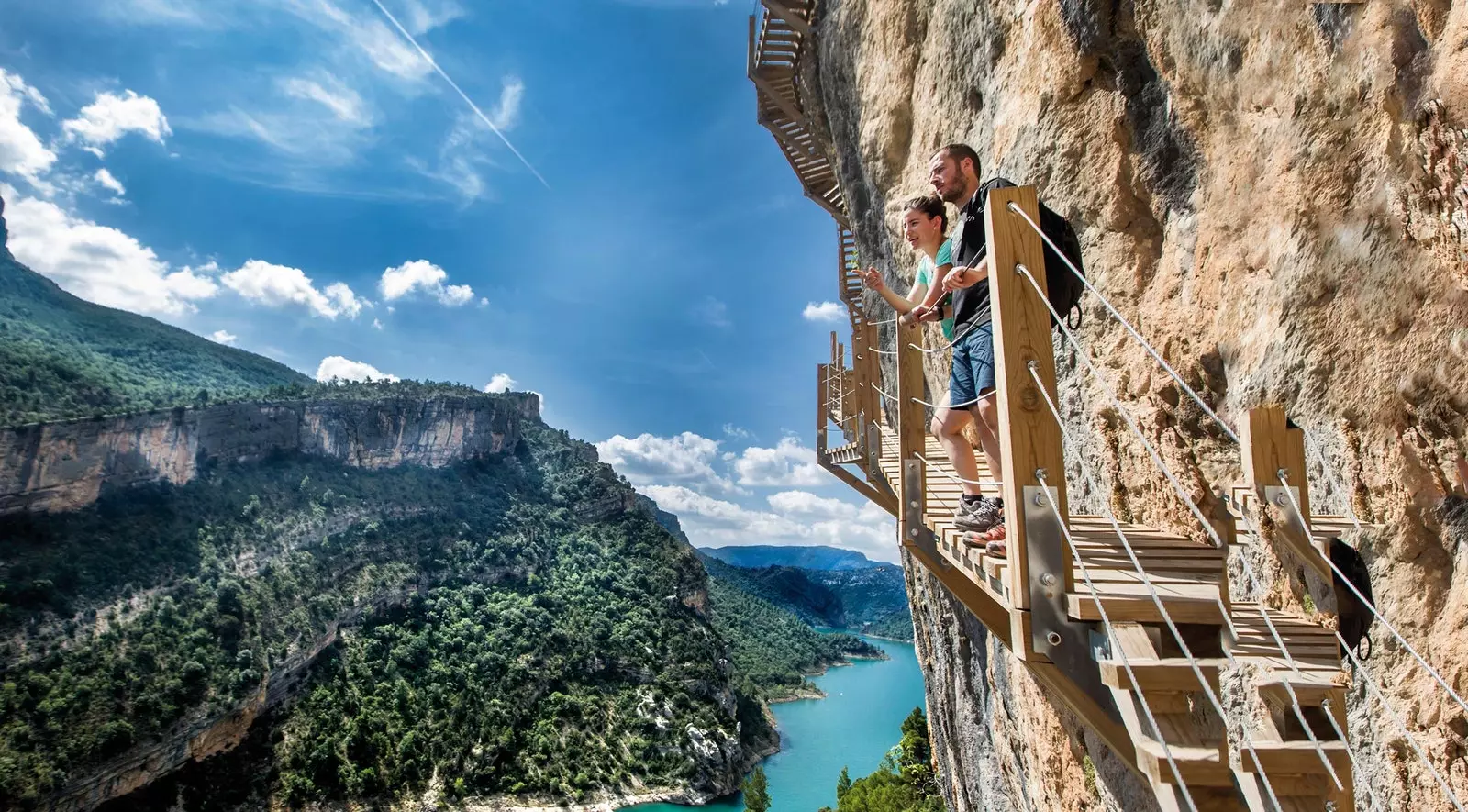
The Montfalcó Footbridges, in the Pre-Pyrenees
From the Pyrenees to the south of the province of Teruel, natural landscapes are tremendously changeable. The valleys and peaks of the mountain range that separates us from France are home to viewpoints and beautiful rock formations.
An essential in the Pre-Pyrenees are the ** Montfalcó Footbridges , a vertiginous excursion through a gorge with high vertical walls.**
In the center of Aragon, the dryness of the Monegros desert shares prominence with the Ebro River. Zaragoza shows off majestically its Basilica del Pilar and the small town of sourceall claims to be the birthplace of one of the most distinguished Spanish painters: Francisco de Goya.
The magic of the natural landscape of Teruel, one of the most uninhabited provinces in Spain, leaves no traveler indifferent. The ** Puertos del Silencio Route ** runs through its lands.
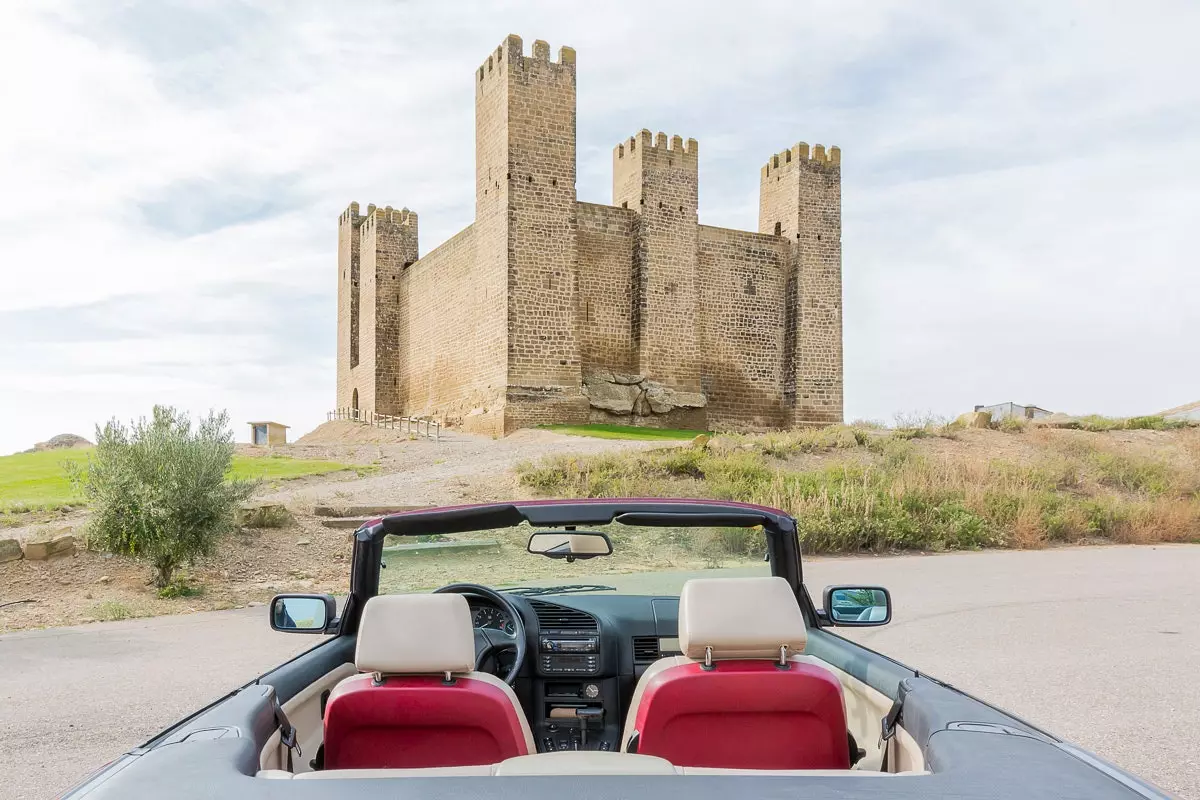
Sádaba, in the Cinco Villas region (Zaragoza)
If traveling is always an excuse to learn more about history, several proposals fit into this plan: on the ** Kings of Aragon Route **, for example, the origins of this historic kingdom are revived, traveling along it in the same direction as was created, a route of more than four hundred kilometers, from the Pyrenees to the south of Teruel.
A milestone along the way is to visit the ** Old Town of Belchite , a palpable example of the barbarism of the bombings of the Civil War.**
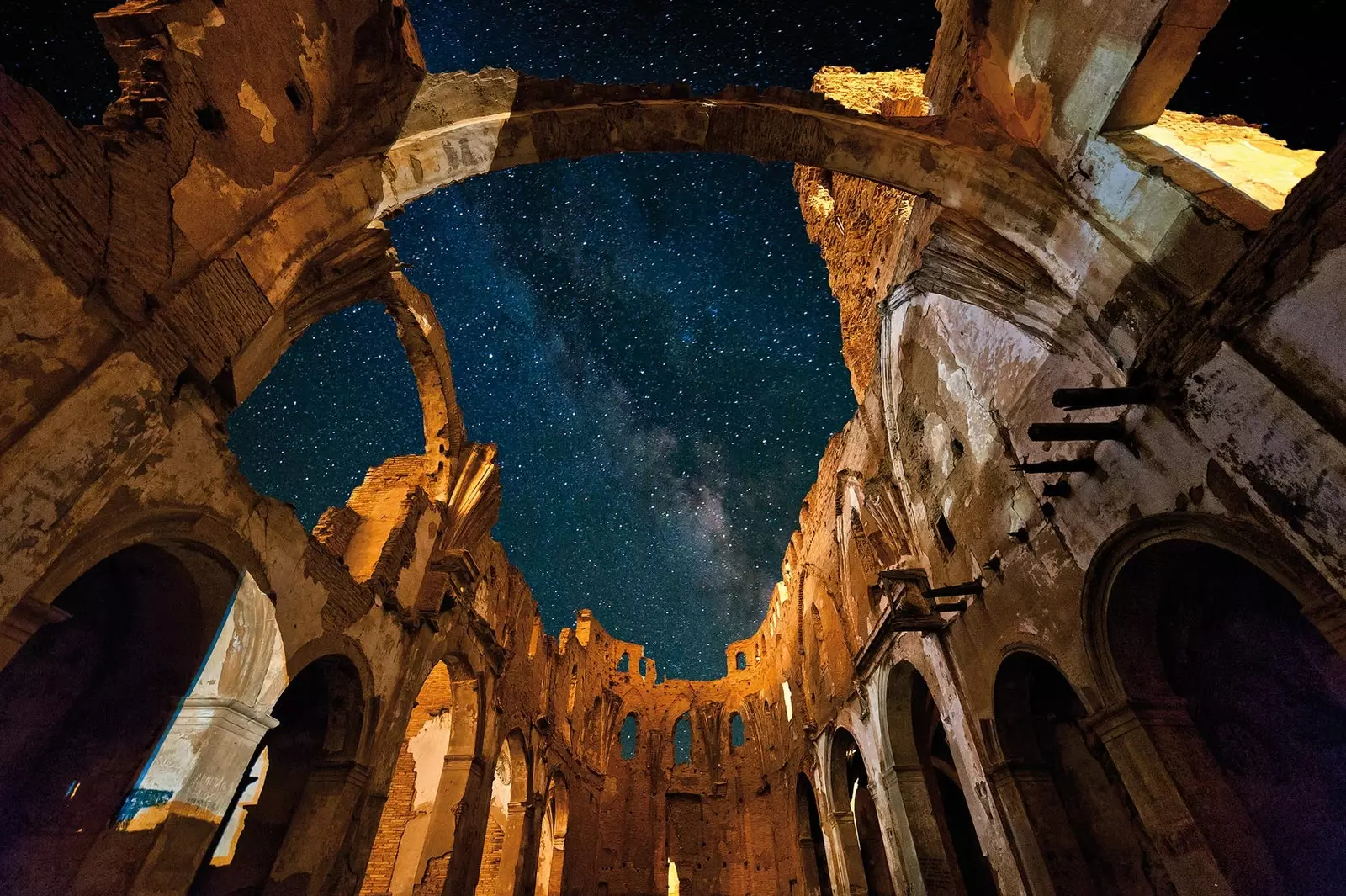
The Old Town of Belchite, where every corner is a palpable example of the Civil War
Aragón is one of the communities that has the most presence in the list of ** Most beautiful towns in Spain .** In total, thirteen: seven in Teruel, four in Huesca and two in Zaragoza.
For those who have written them all down on a list of 'places to see', let them know that following these routes they will be able to visit almost all of them. Ainsa, Roda de Isábena, Albarracín, Ansó, Calaceite or Rubielos de Mora are some of those that have deserved this distinction.
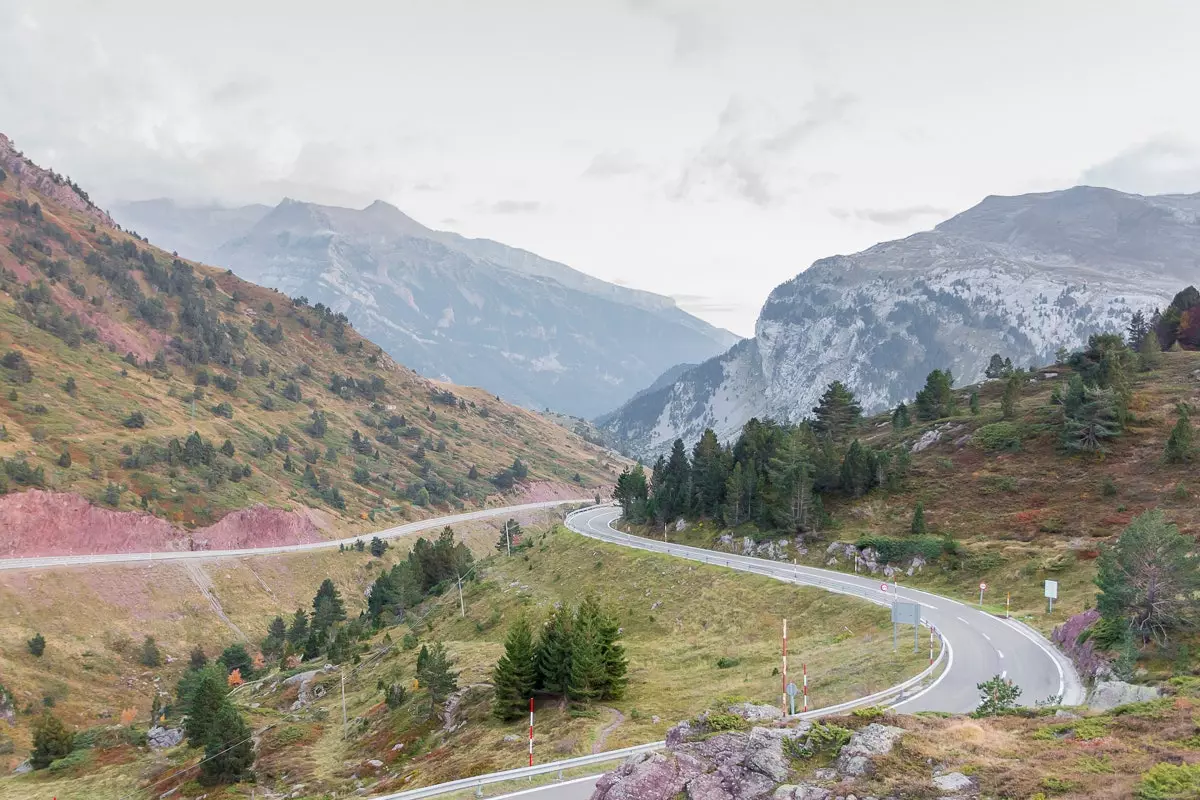
Port of Somport, on route 1
The Matarraña concentrates several of them, it is about a small region dotted with medieval villages, Mediterranean crops and attractive gastronomy.
Known as Spanish Tuscany, claims its uniqueness and is one of the most recommended areas for the so-called 'slow tourism', very much in line with the plan we propose.
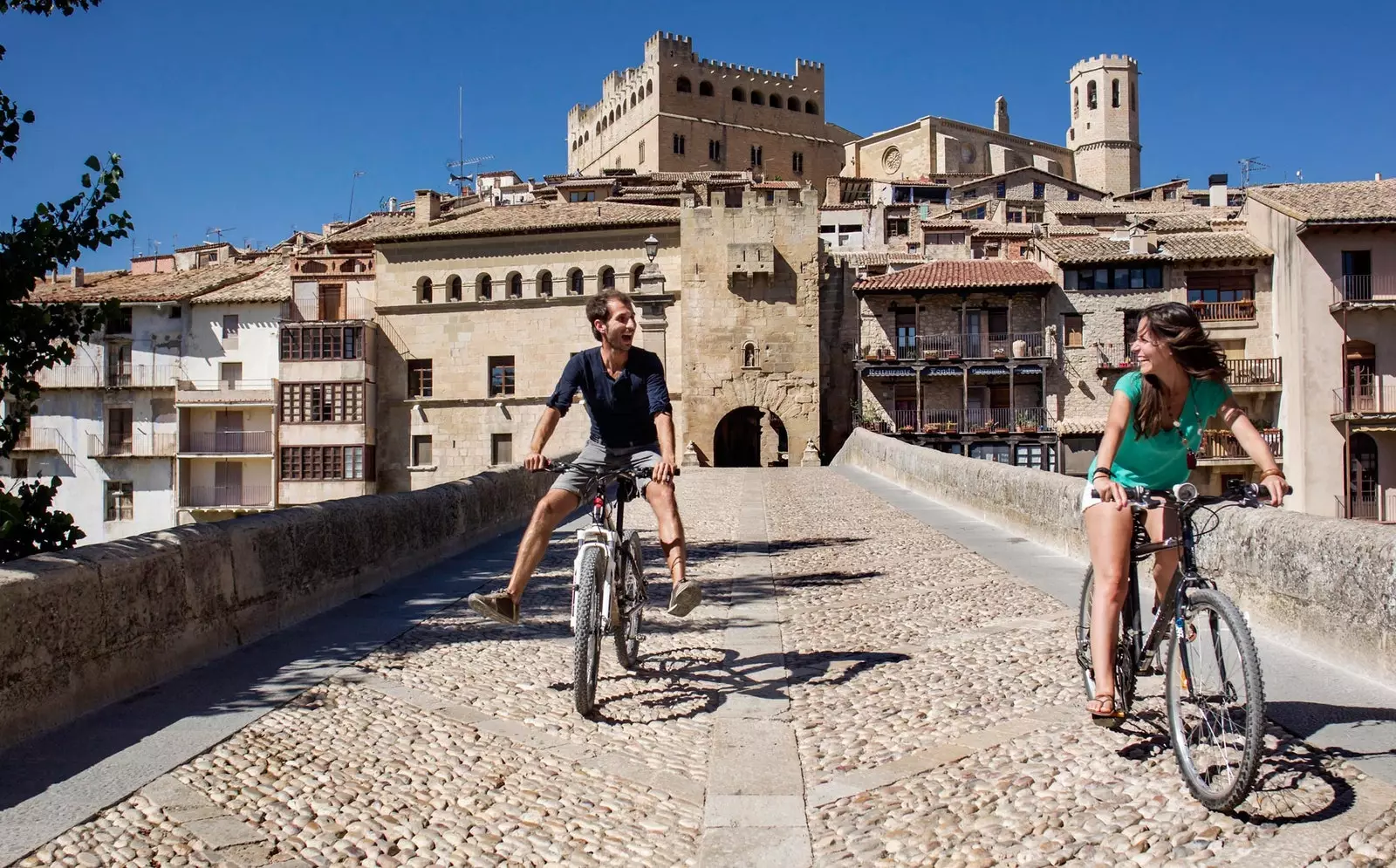
Valderrobres, in the province of Teruel
Architecturally, the routes run through **important points of the Romanesque in the Pyrenees and especially the Mudéjar**, a style that arises from the coexistence of Christian, Muslim and Jewish cultures and that has one of its great focuses in Spain in Aragon.
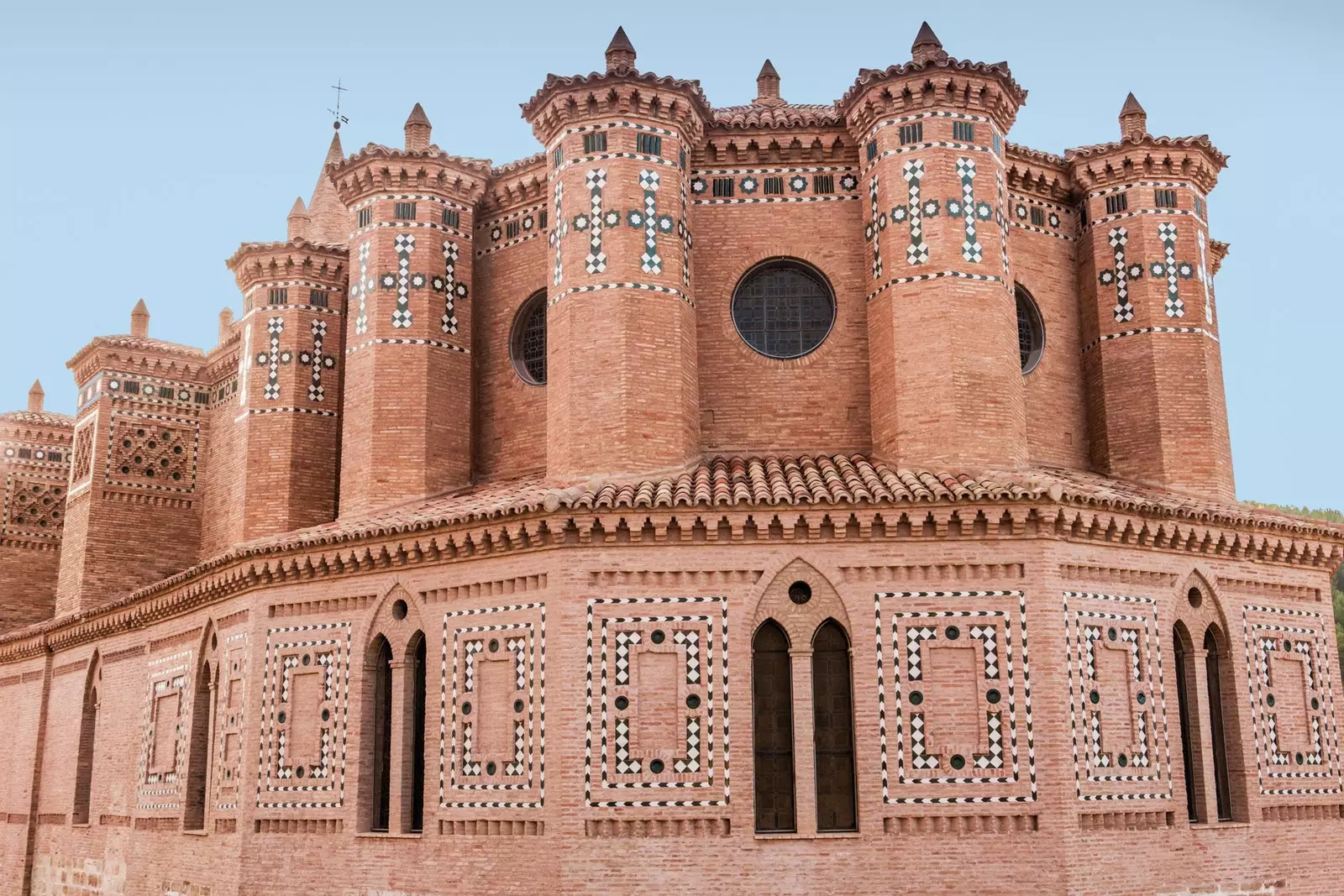
The Aragonese Mudéjar will leave you speechless
